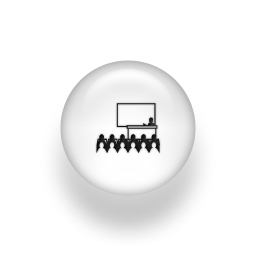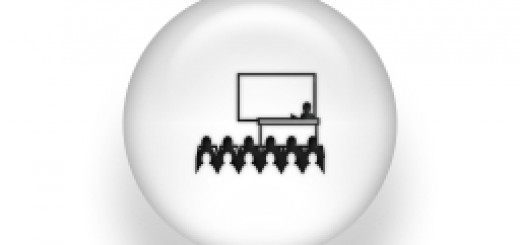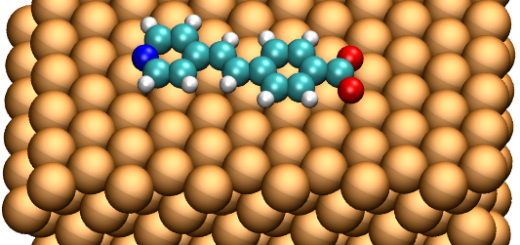Landau-Zener tunneling of qubits: dynamics, decoherence, and measurement
 Wednesday, 26th octubre 2011. 12:00-13:00
Wednesday, 26th octubre 2011. 12:00-13:00
Sigmund Kohler
Instituto de Ciencia de Materiales de Madrid, CSIC
ABSTRACT:
The spectrum of a quantum system as function of a control parameter generically exhibits anti-crossings. A classic example is the electronic spectrum of two colliding molecules within Born-Oppenheimer approximation. How probable are then electronic excitations due to the collision? Or in turn, how likely is it that the electrons follow adiabatically their ground state? Landau, Zener, Stuckelberg, and Majorana already in 1932 independently answered this question for an idealized two-level model. Their scenario possesses many modern applications, also in quantum information, where the anti-crossing can be used as effective beam splitter allowing state preparation. The coupling to an environment entails quantum dissipation and decoherence to the resulting superposition. Then the known Landau-Zener formula needs to be generalized to the presence of external degrees of freedom. It turns out that at zero temperature, this problem possesses an exact solution. Applications range from single-photon generation in circuit-QED to adiabatic quantum computing and the measurement of tunnel splittings in molecular nanomagnets. Finally, I will address the question whether the dynamics of the transition can be observed in an experiment.


















